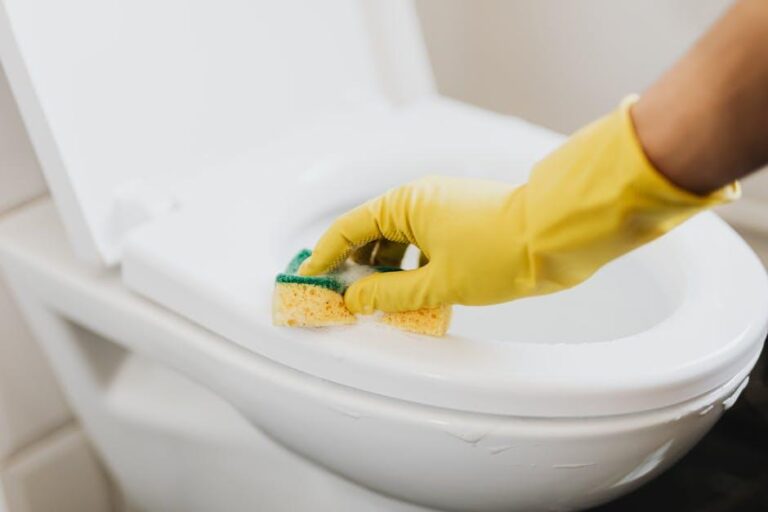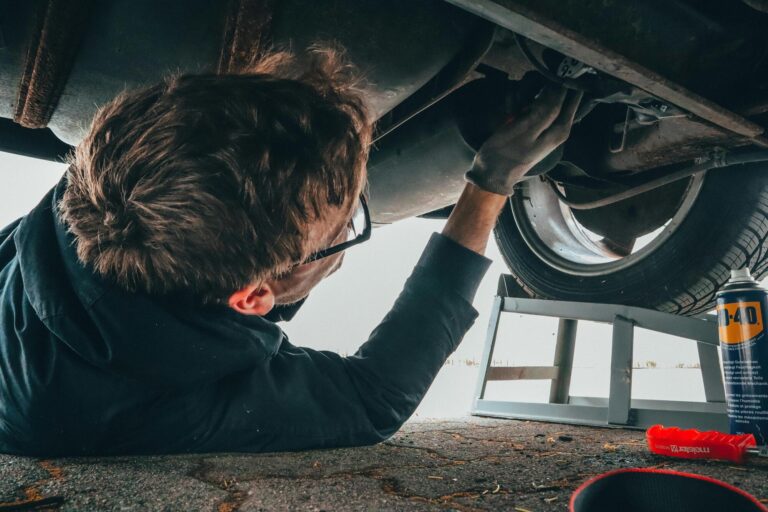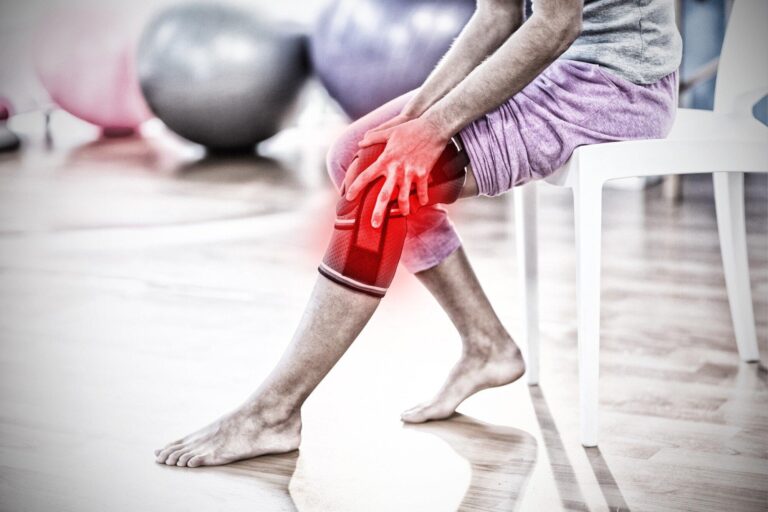Sustainability and Safety at the Forefront
Key Takeaways:
- An exploration of cutting-edge developments in the roofing industry focusing on sustainability and safety.
- Insight into the advantages of integrating a building monitoring system into roofing practices for enhanced efficiency and longevity.
- A look at how eco-friendly and tech-savvy roofing solutions influence consumer choices and industry standards.
Table of Contents:
- Introduction to Modern Roofing Materials
- The Shift Towards Eco-friendly Roofing Solutions
- Safety Innovations in Roofing Systems
- Longevity and Durability Considerations
- The Role of Smart Technology in Roofing
- DIY Roofing Vs. Professional Installation
Introduction to Modern Roofing Materials
The evolution of roofing materials has been an intriguing journey, with each era bringing forth innovations to enhance durability, sustainability, and overall performance. As we examine contemporary roofing materials, it is clear that technical developments have significantly changed how residential and commercial roofs are perceived.
Technology integration has become increasingly prevalent within this context, with tools like the building monitoring system revolutionizing roofing design and maintenance. This sophisticated system provides real-time data on a building’s structural integrity, including the roof’s condition, environmental factors, and potential vulnerabilities. By leveraging this data, architects, engineers, and homeowners can make informed decisions to ensure their structures’ long-term health and safety.
In tandem with technological advancements, modern roofing materials have undergone significant innovation to meet the evolving needs of today’s buildings. Customers have several options available, ranging from more traditional options like clay and asphalt shingles to more contemporary ones like metal roofing and synthetic materials. Each material offers unique aesthetics, durability, and environmental benefits, allowing architects and homeowners to tailor their choices to suit specific preferences and requirements.
The Shift Towards Eco-friendly Roofing Solutions
The roofing industry is experiencing a substantial paradigm shift toward green building practices. These involve integrating recycled content, focusing on manufacturing processes that reduce carbon emissions, and committing to the lifecycle analysis of roofing products. Homeowners can lower urban heat islands by selecting roofing materials such as cool roofing or living green roofs, thus actively mitigating the effects of global warming.
Safety Innovations in Roofing Systems
Safety is of paramount importance when selecting roofing materials. Advances in material science have yielded breakthroughs, such as fire-resistant tiles and impact-resistant shingles, demonstrating greater resilience against environmental threats. Coupled with innovation, regulatory bodies enforce stringent standards that roofing materials must comply with, ensuring safety is not compromised in pursuit of aesthetic or environmental goals. Thus, safety innovations are a crucial part of the roofing industry’s responsibility to provide secure living environments.
Longevity and Durability Considerations
The roofing materials’ lifespan and durability must be considered, even though environmental factors play a crucial role in material selection. It is imperative that materials withstand the test of time and often harsh weather conditions, providing homeowners with a secure investment. Modern composites and alloy materials, known for their robust nature, have entered the market, offering extended lifespans and reduced maintenance requirements. The longevity of these materials is practical regarding resource management and financially favorable in the long run.
The Role of Smart Technology in Roofing
Roofing systems are becoming more innovative with the infusion of technology like sensors that can detect moisture levels or even solar panels that provide energy and act as weatherproofing agents. Bright roofs are integral to building monitoring systems, which relay real-time data to homeowners and maintenance crews, ensuring timely upkeep and repairs. This technology adds a new dimension to traditional roofing practices, introducing a degree of analytical sophistication previously unachievable.
DIY Roofing Vs. Professional Installation
In roofing, the debate persists between DIY projects and professional installation. While DIY might offer an illusion of cost savings, the technicalities involved with modern materials render self-installation risky and potentially more costly in the long run. Another important consideration is safety, and skilled installers have the skills and equipment to guarantee that roofing systems are erected safely and per building codes. The increasing complexity of systems, especially those incorporating intelligent technologies, underscores the need for professional expertise.






